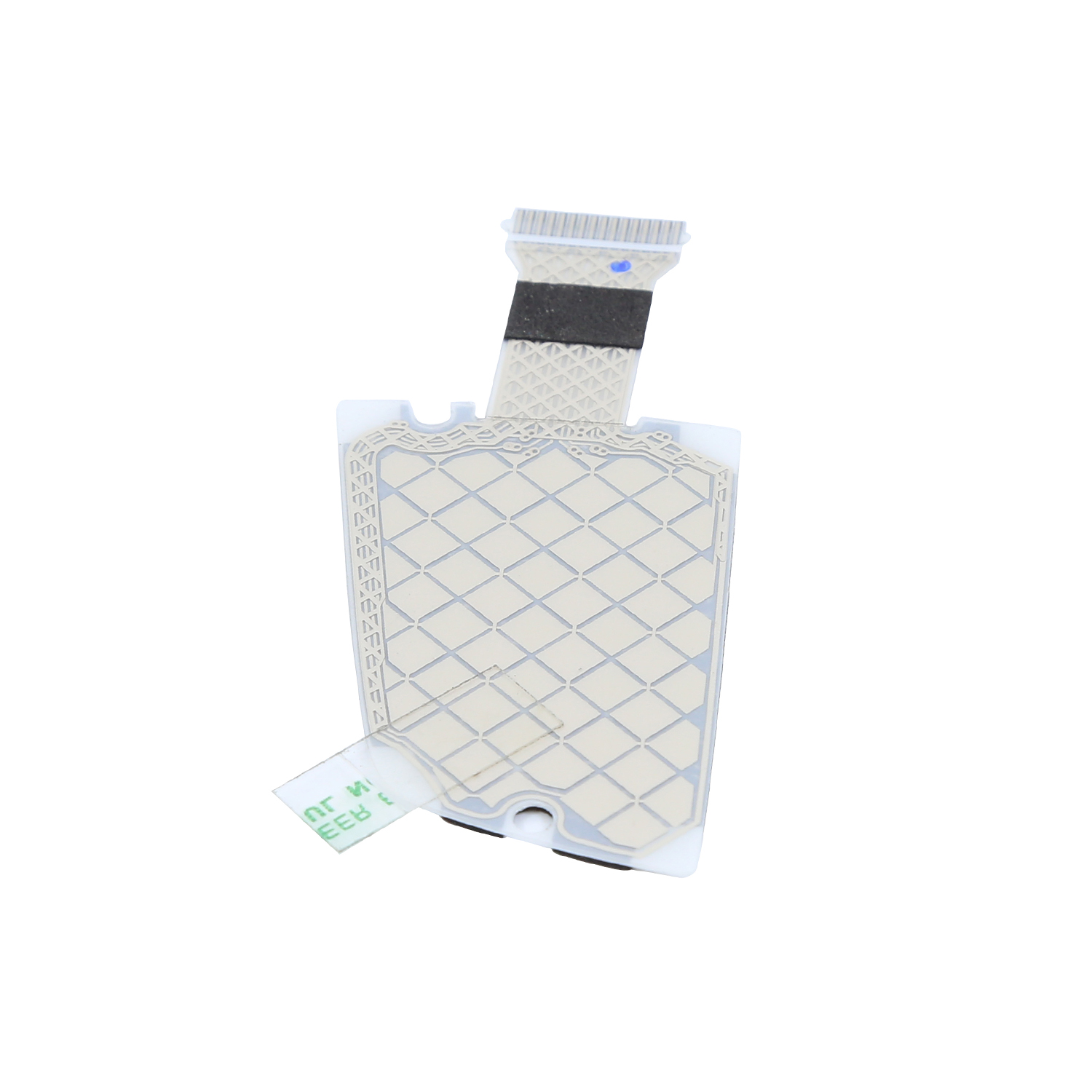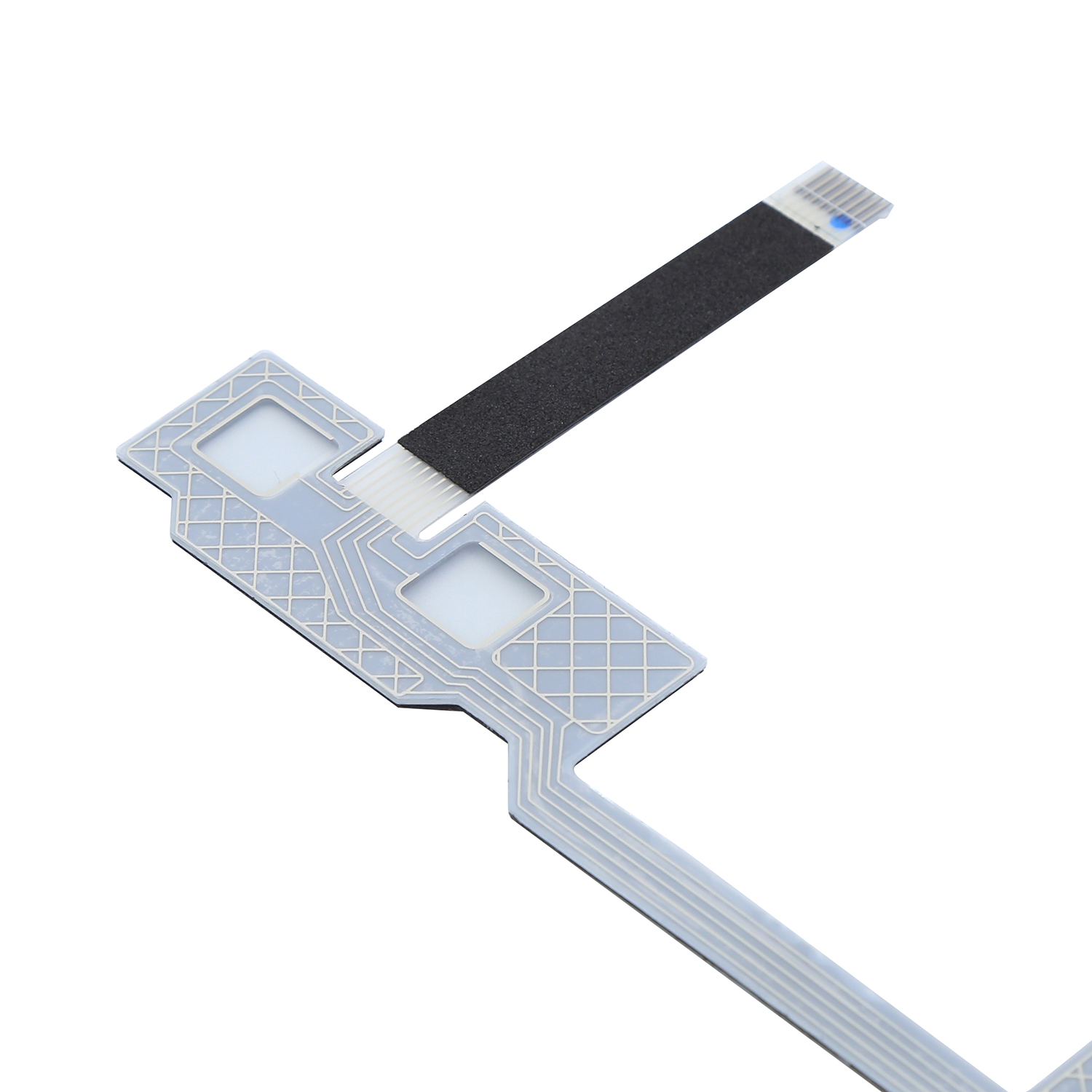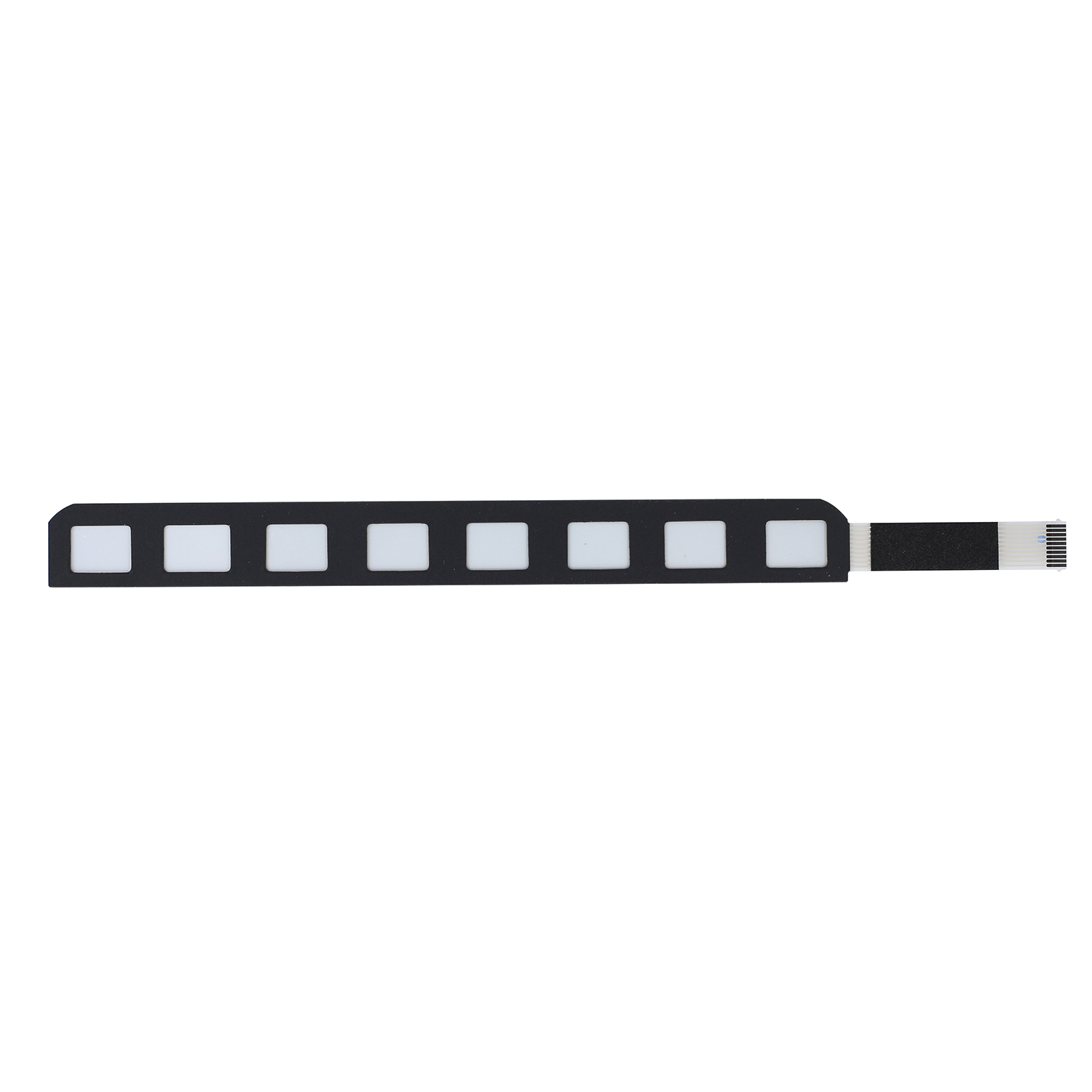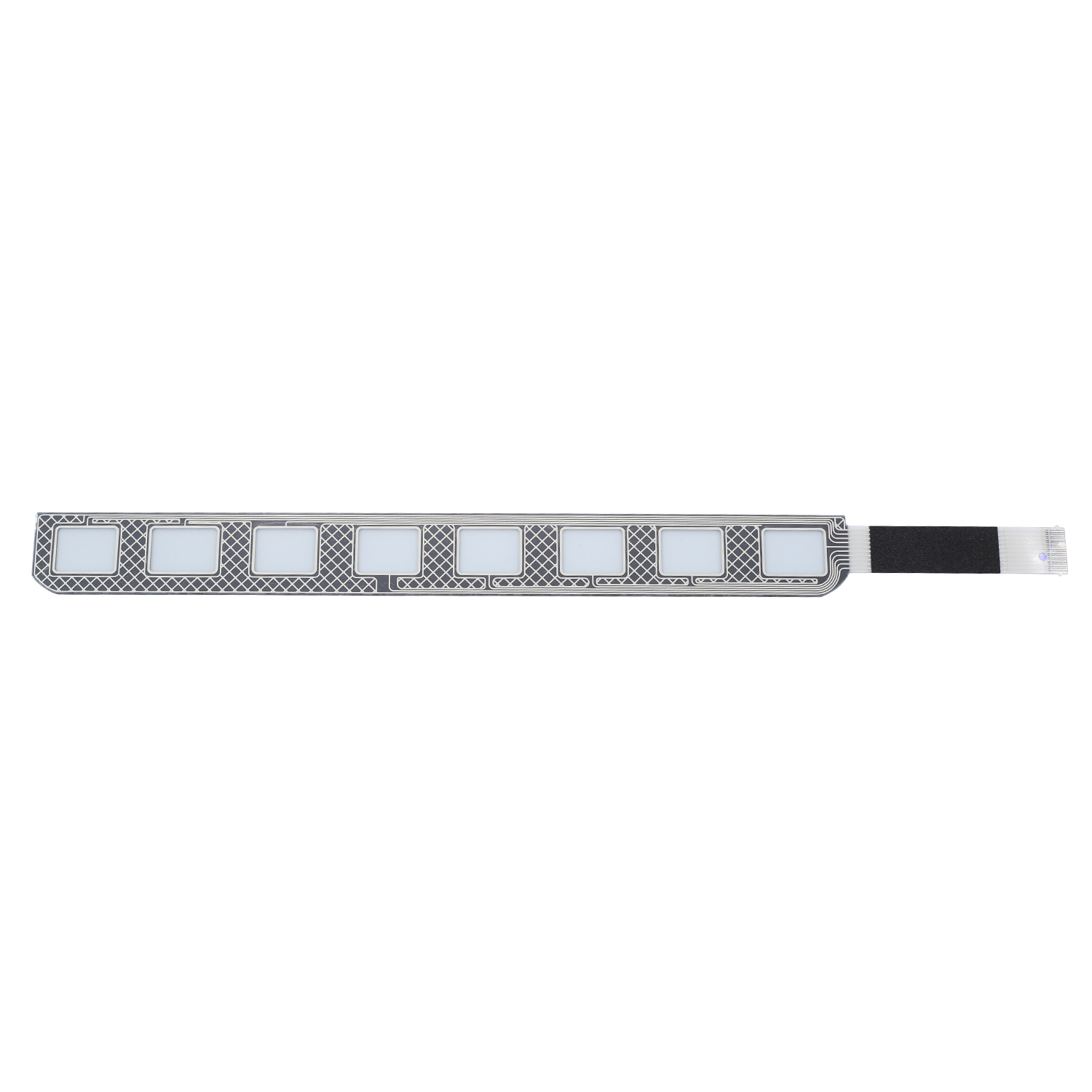Capacitive Sensor
Capacitive Sensor
Circuit Rating: 3.3-5V DC,35mA
Light Transmittance:
ITO FILM+ITO FILM+ITO GLASS≥70%
ITO FILM+ITO FILM≥70%
ITO FILM+ITO GLASS≥75%
Overlay+OCA+ITO FILM+ITO FILM+OCA+Support Plate≥68%
PET+OCA+ITO FILM+ITO GLASS≥72%
Contact Bunce Time: <10ms
Resolution: 4096*4096 Linearity<1.5% (Special Requirements<1.0%)
Operation Pressure: 60g-150g
Surface Hardness: 3H
Knock Life: > 1 Million Times,5 Wire > 35 Million
Times Stroke Life: > 10 Thousand Times , 5 Wire > 5 Million
Times Operation Temperature: -20℃ to +70℃
Storage Temperature: -30℃ to +80℃
Glass Thickness: 0.55mm, 0.7mm, 1.1mm, 1.8mm, 3.0mm Type of
Glass: Common , Chemical
Product description
Product parameters
Capacitive sensors have been widely used in many fields due to their unique advantages. The principle is based on the fact that the capacitance value changes with the medium, distance, or area, thereby achieving the measurement of physical quantities. Compared to other types of sensors, capacitive sensors have many significant advantages.
Firstly, capacitive sensors have high sensitivity and can detect small changes in physical quantities. Due to the precise measurement of changes in capacitance values, even subtle deformations, pressure or humidity changes can be captured. Secondly, capacitive sensors have the potential for non-contact measurement. By designing a reasonable electrode structure, measurements can be taken without touching the target object, reducing interference and damage to the object being measured. Thirdly, the power consumption of capacitive sensors is relatively low, especially during static measurements. This is because capacitive sensors typically do not require continuous current and only require brief current excitation during reading. Finally, the simple structure and relatively low cost of capacitive sensors make them easier to mass produce and apply.
Based on the above advantages, the application fields of capacitive sensors are very extensive. In touch screen technology, capacitive sensors can accurately detect the position of fingers and achieve smooth touch operations. In liquid level measurement, capacitive sensors can detect changes in liquid level height and are used for tank monitoring and oil level detection. In pressure measurement, capacitive sensors can detect changes in pressure and are applied in automotive engine management and industrial process control. In addition, capacitive sensors are widely used in fields such as humidity measurement, displacement measurement, and accelerometers.





